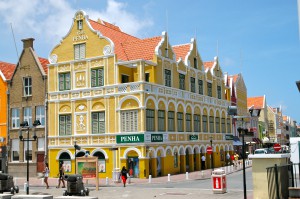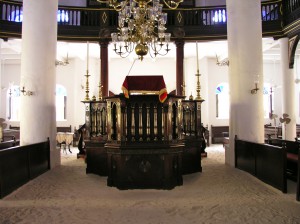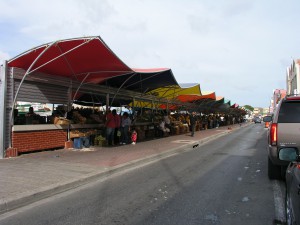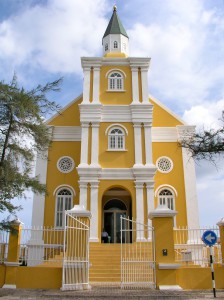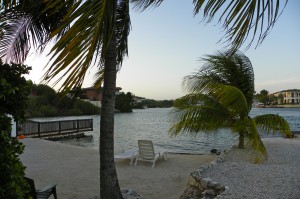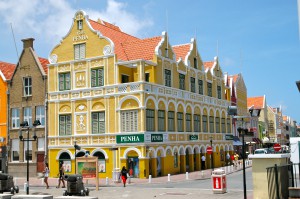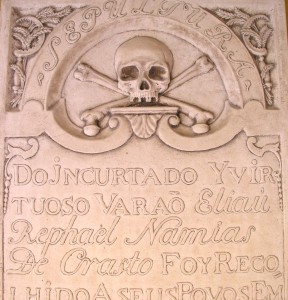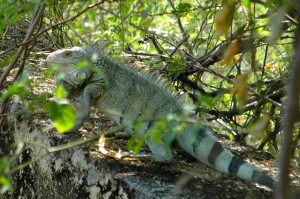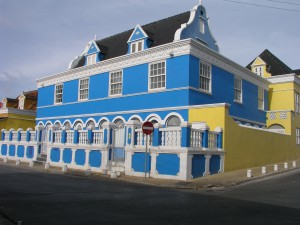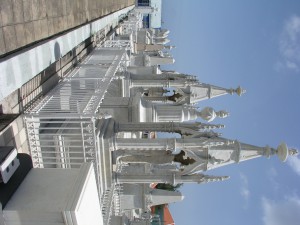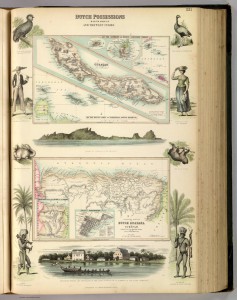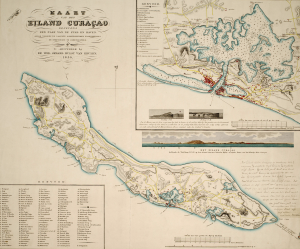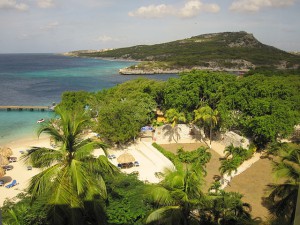Inside Scenic Curaçao: Jewish History, the Slave Trade, and more!
Until 1825, the exquisite Caribbean island of Curaçao had the largest, wealthiest, and best-educated Jewish community in the Americas. Join Laura Leibman, professor of English & humanities, and a small group of travelers for this in-depth examination of Curaçao’s historical legacy. Part of the Dutch Antilles and located three hours south of Miami, this island is distinguished by a rich and layered history, fascinating material culture, and picturesque and natural beauty. The capital, Willemstad, is a UNESCO World Heritage Site, and the small island boasts wonderful diving, birding, and hiking opportunities as well. What better way to start off 2016?
To sign up, fill out and return this form.
Program features:
- Academic focus: experience the birthplace of Jewish American life. Gain a deeper understanding of how objects of everyday life reflect religious and cultural change.
- Sights to see: world-famous synagogue, cemeteries, and domestic architecture. Amazing wildlife on land and below the water’s surface.
- Memorable activities: Gothic cemetery tour. Experience the synagogue’s sand floor. See live corals and tropical fish up close and personal. Eat fresh tropical fruits and vegetables from the floating market. Photography: whether you like to capture shots of animals, people, underwater vistas, or historic buildings, this island is a photographer’s paradise.
Group Leader’s Statement
“I am offering this opportunity to examine and experience Curaçao because I wish more people knew that American Jewish history really began in the Caribbean. The island’s main synagogue helped fund almost all early North American synagogues and provided rabbis to lead many of them. Because the island’s economy collapsed at the end of the slave trade and because of later preservation efforts, a wealth of exquisite Dutch colonial architecture remains. The island is a living museum to early Jewish American life.”
– Professor Laura Leibman
DAILY ITINERARY
Please note: Times and/or order of activities may be subject to change depending on the opportunities provided by the host communities and/or unforeseen circumstances.
Day 1: Monday, January 11: Arrival
Arrival: Depending on where leave from and how you choose to route yourself, you may be spending an evening in Aruba or taking a red eye before landing in Willemstad (or both). No matter your routing, you will be greeted at the airport and driven to your accommodations in a boutique hotel in the heart of Curacao’s historic district and only a short walk to the beach and floating market. In the evening, those who have arrived in time will gather for a reception and program overview.
Day 2: Tuesday, January 12: Synagogue, Fort Amsterdam, Slavery Museum
We begin in the beautiful Punda and Otrobanda neighborhoods, the oldest portion of the island’s major port of Willemstad. Key historical sites to introduce us to the three major cultural influences on the island: the Mikve Israel Synagogue (Jewish), Fort Amsterdam (Dutch), and the Kura Hulanda Slavery Museum (African).
Day 3: Wednesday, January 13: Cemetery & Art Gallery
Curaçao’s Jewish community was deeply mystical and some of most elaborate expressions of their beliefs can be found on the gravestones in the island’s oldest Jewish Cemetery (Beth Haim Blenheim), the most significant Jewish cemetery in the Americas. Following the cemetery we will relax at the Art Gallery and Cultural Center at nearby Landhuis Habaii (Habaii Mansion), once the residence of some of the island’s most important Jewish families.
Day 4: Thursday, January 14: Plantation Houses, Nature Preserve, Snorkeling
Although almost all Jewish families had a house in Willemstad, they also often owned plantation houses around the island. We will visit some of the most famous of these at the island’s West End, including one that was the site of a slave rebellion and another that is now a nature preserve. In between plantation houses, we will relax and snorkel at the island’s incredible Little Knip beach.
Day 5: Friday, January 15: Urban Villas, Gothic Graves, Curacao Liquor
By the nineteenth-century, most Jews had moved out of the Punda into nearby Scharloo where they built urban villas. Our tour of the Scharloo neighborhood includes the famous Wedding-Cake House (now the National Archives), the gothic nineteenth-century cemetery, and the nearby Chobolobo estate, home of Curacao Liquor.
Day 6: Saturday, January 16: Observe the Sabbath/Free Day. Make an excursion back to the beaches, take a guided diving expedition, charter a sailboat, take a day trip to Bonaire or just enjoy the casual rhythms of the island.
Day 7: Sunday, January 16: Departure day
Departure day. Depending on travelers’ schedules, we’ll have a concluding breakfast and discussion with some optional educational activities to enjoy before the program concludes.
Program Cost: $1750 per person (double occupancy–$300 single supplement). This includes ground transportation, 6 nights lodging, two meals per day (breakfast and lunch), entrances, and facilitated discussions. Not included: airfare, travel insurance (recommended, including med-evac), alcohol, personal items, tips, and upgraded hotel accommodations.
Group Size: 10-20 passengers.
Deposits: $500 per person with registration, balance due within 45 days of departure. Cancellations are only effective on receipt of written notification. The following per person fees are applicable on this tour:
30-45 days prior = 25 % refund
46-90 days prior = 50 % refund
91 days or more prior= full refund- $150.
Registration deadline: October 10, 2015.
To sign up, fill out and return this form.
